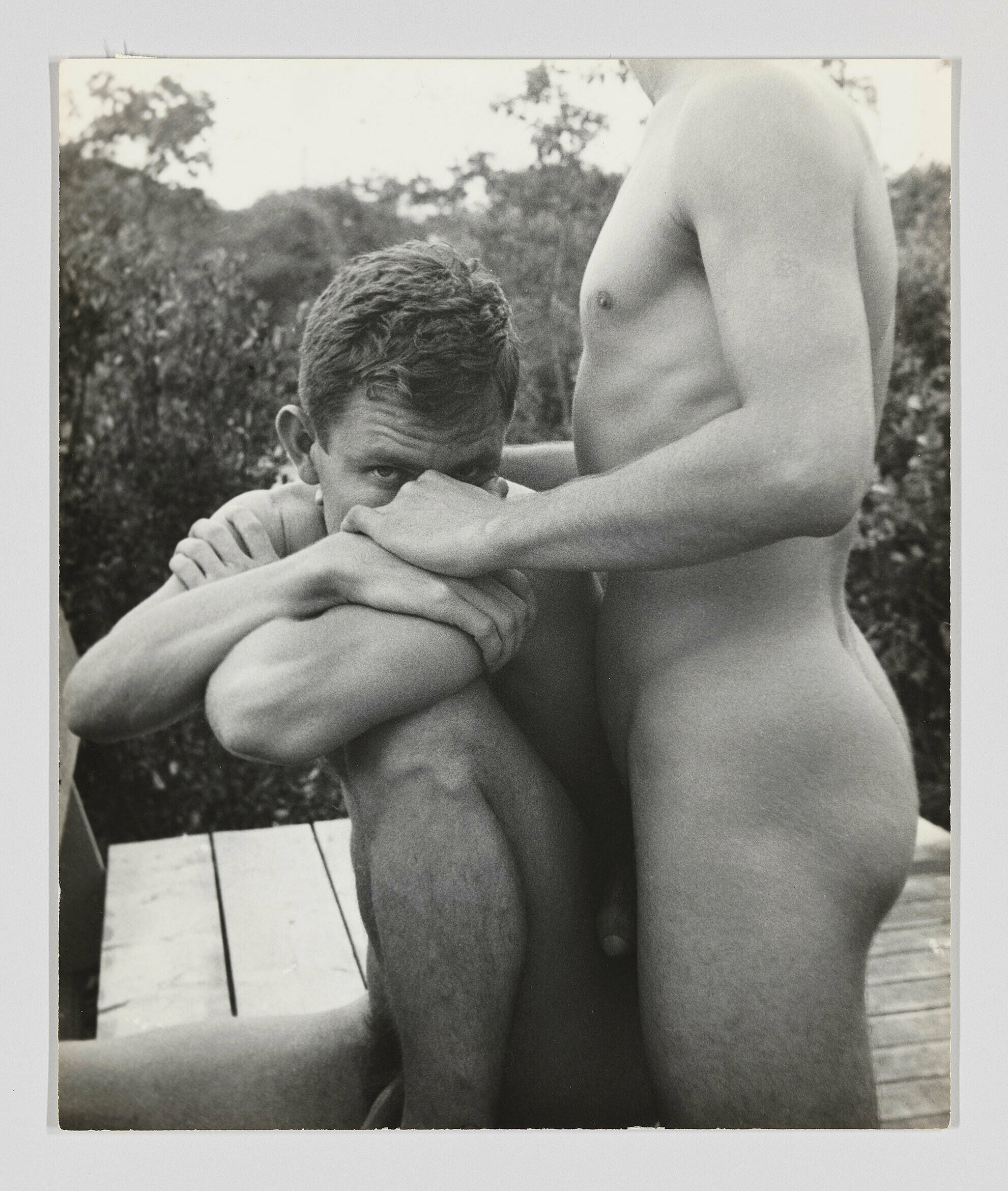Where We Are: Selections from the Whitney’s Collection, 1900–1960 | Art & Artists
Apr 28, 2017–June 2, 2019
Where We Are: Selections from the Whitney’s Collection, 1900–1960 | Art & Artists
No One Exists Alone
1
The subjects of family and community took new prominence during a period when migration became a hallmark of the American experience. Artists such as John Steuart Curry and Arshile Gorky used painting to conjure people and formative experiences from childhood. Curry evoked the rural Kansas of his youth, while Gorky painted the mother he lost in the Armenian genocide. Other artists, like James Van Der Zee, created pictures during the Harlem Renaissance that, countering a history of racist depictions, show the dignity of Black families and communities. PaJaMa (the name assumed by Paul Cadmus, Jared French, and Margaret French for their collaborative photographs) gave visibility to queer relationships that continue, in our time, to demonstrate the commonality of love and to enrich our understanding of what family and community mean.
Artists
- Charles Henry Alston
- Diane Arbus
- Ruth Asawa
- George C. Ault
- Richmond Barthé
- Thomas Hart Benton
- Wallace Berman
- Henry Billings
- Ilse Bing
- Louise Bourgeois
- Margaret Bourke-White
- Bernarda Bryson Shahn
- Charles Burchfield
- Jacob Burck
- Paul Cadmus
- Alexander Calder
- James Castle
- Elizabeth Catlett
- Nicolai Cikovsky
- Richard Correll
- Ralston Crawford
- John Steuart Curry
- Jay DeFeo
- Charles Demuth
- Elsie Driggs
- Mabel Dwight
- Minnie Evans
- Walker Evans
- Andreas Feininger
- Robert Frank
- Daniel Chester French
- Jared French
- Margaret Hoening French
- (Samuel) Wood Gaylor
- Hugo Gellert
- William Glackens
- Arshile Gorky
- George Grosz
- Marsden Hartley
- Palmer Hayden
- Edward Hopper
- Victoria Hutson Huntley
- Jasper Johns
- Alex Katz
- Ellsworth Kelly
- Rockwell Kent
- Henry Koerner
- Dorothea Lange
- Jacob Lawrence
- Helen Levitt
- Roy Lichtenstein
- Jerome Liebling
- Morris Louis
- Louis Lozowick
- George Platt Lynes
- Kyra Markham
- Reginald Marsh
- Archibald John Motley, Jr.
- Alice Neel
- Barnett Newman
- Isamu Noguchi
- Georgia O'Keeffe
- PaJaMa
- Gordon Parks
- Agnes Pelton
- Joseph Pennell
- Fairfield Porter
- Larry Rivers
- Mark Rothko
- Edward Ruscha
- Katherine Schmidt
- Ben Shahn
- Charles Sheeler
- David Smith
- Isaac Soyer
- Raphael Soyer
- Edward Steichen
- Frank Stella
- Joseph Stella
- Florine Stettheimer
- Alfred Stieglitz
- Clyfford Still
- Paul Strand
- George Tooker
- Bill Traylor
- Herman Trunk, Jr.
- James B. Turnbull
- James Van Der Zee
- Abraham Walkowitz
- Andy Warhol
- Weegee
- Brett Weston
- Hale Aspacio Woodruff
- Andrew Wyeth

